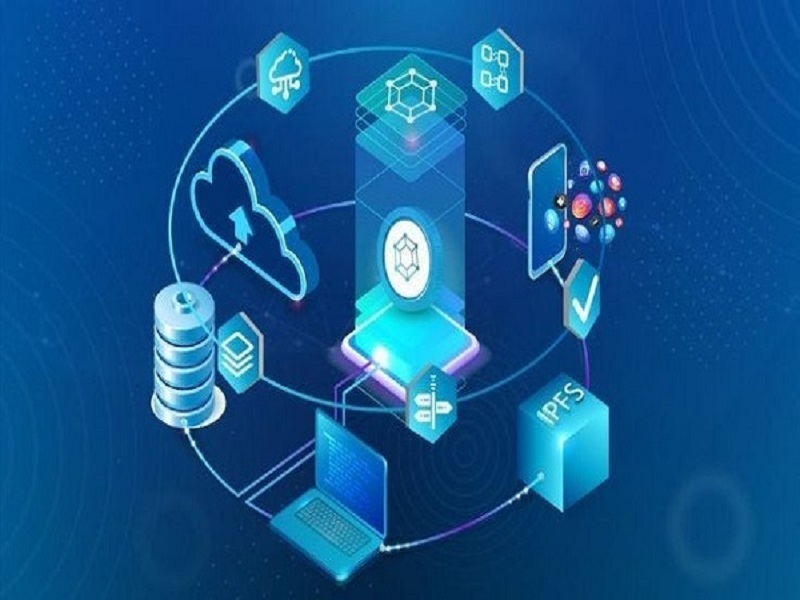Understanding API Design: Principles, Best Practices, and Real-World Implementation
01 April 2025

In modern software development, APIs (Application Programming Interfaces) serve as the foundation for communication between different systems, services, and applications. Whether building a microservices architecture, integrating third-party services, or developing a frontend-backend application, designing a well-structured API is critical for scalability, maintainability, and usability.
This article explores core API design principles, best practices, and real-world considerations to help you build robust and efficient APIs.
REST (Representational State Transfer) is one of the most widely used API architectural styles. A RESTful API follows these key principles:
Statelessness: Each request should contain all necessary information; the server does not store client state between requests.
Resource-Based Structure: APIs should expose data as resources with unique URLs (e.g., /users/{id} for user data).
Use of HTTP Methods:
GET → Retrieve a resource
POST → Create a new resource
PUT → Update an existing resource
PATCH → Partially update a resource
DELETE → Remove a resource
Proper Use of HTTP Status Codes:
200 OK → Successful response
201 Created → Resource successfully created
400 Bad Request → Invalid input
404 Not Found → Resource not found
500 Internal Server Error → Unexpected failure
GraphQL APIs
GraphQL, developed by Facebook, provides a flexible alternative to REST. Instead of multiple endpoints, GraphQL allows clients to request exactly the data they need in a single query. Key benefits include:
Efficient Data Fetching: Eliminates over-fetching and under-fetching issues common in REST.
Strongly Typed Schema: Enforces structured queries with a clear contract between frontend and backend.
Single Endpoint: Unlike REST, which has multiple endpoints, GraphQL exposes a single /graphql endpoint.
gRPC APIs
gRPC (Google Remote Procedure Call) is a high-performance framework for API communication, particularly in microservices. It uses Protocol Buffers (protobufs) instead of JSON for data serialization, improving efficiency. Key features include:
High Speed & Low Latency: Binary serialization reduces payload size.
Streaming Support: Enables bidirectional streaming between client and server.
Strongly Typed Contracts: Uses .proto files to define APIs explicitly.
API Authentication & Security
Authentication Mechanisms
OAuth 2.0: A widely used authorization framework that allows third-party apps to access resources without exposing user credentials.
JWT (JSON Web Tokens): Used for secure authentication and session management by encoding user data in a compact token.
API Keys: Simple but less secure method for authentication, often used for public APIs.
Security Best Practices
Rate Limiting: Prevents abuse by restricting the number of requests per user (e.g., 1000 requests per hour).
Input Validation & Sanitization: Prevents SQL injection, cross-site scripting (XSS), and other attacks.
HTTPS Enforcement: Ensures encrypted communication to prevent data interception.
CORS (Cross-Origin Resource Sharing) Control: Restricts which domains can interact with your API.
Versioning and Documentation
API Versioning Strategies
URI Versioning: /v1/users → /v2/users when upgrading.
Query Parameter Versioning: /users?version=2
Header Versioning: Clients specify version via HTTP headers (Accept: application/vnd.api.v2+json).
Writing Effective API Documentation
Good documentation is essential for API adoption. Tools like Swagger (OpenAPI), Postman, and Redoc help automate documentation. Key components include:
Endpoints & Methods: List all available API routes.
Request & Response Examples: Show sample inputs and outputs.
Error Handling Guidelines: Document common errors and their resolutions.
Real-World API Design Challenges & Solutions
Handling Large Data Sets
Use pagination (?page=1&limit=50) instead of returning massive data lists.
Implement lazy loading to fetch data only when needed.
Ensuring Backward Compatibility
Never remove existing fields abruptly; instead, deprecate gradually and notify users.
Provide default values for newly introduced fields.
Dealing with Distributed Systems
Use idempotency keys to prevent duplicate transactions in case of retries.
Implement circuit breakers to handle upstream service failures gracefully.
Conclusion
A well-designed API is scalable, secure, and easy to use. By following REST, GraphQL, or gRPC best practices, implementing strong authentication & security measures, and ensuring clear documentation and versioning, you can create APIs that developers love.
As a software engineer, mastering API design will help you build efficient and maintainable applications, whether working on backend development, microservices, or third-party integrations.